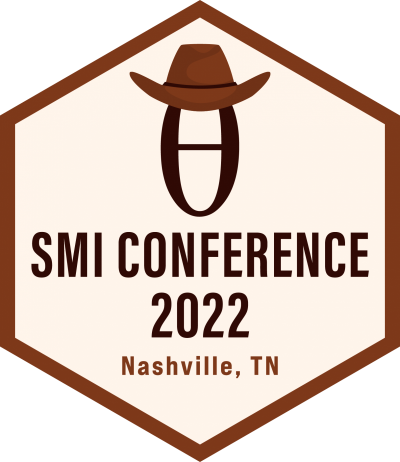Friday, May 27, 2022 • 2:00–3:15 pm (CT) • Light Hall, Room 214
Organizer: Ranjan Maitra, Iowa State University
Chair: Daniel Spencer, Indiana University
Fracture matching: A historical perspective and a path forward in forensic science
Lauren K. Claytor, Virginia Department of Forensic Science
Forensic fracture matching relies on the principle that no two objects break identically due to the variables involved in the fracture process. These types of examinations can be critical in criminal cases, especially those involving murder, kidnapping, and hit-and-run. Common evidentiary items received in a forensic laboratory for fracture matching include, but are not limited to, windshields, headlight/tail lights, knives, and duct tape. Historically, testimony related to fracture matching has been accepted in the court system; however, forensic comparison methodologies, which include fracture matching, have come under scrutiny for a perceived lack of scientific validation and the inability to quantify the amount of certainty in a conclusion. In response, the forensic community has aimed research into developing quantitative methods to demonstrate the strength of a particular conclusion, and in the process, is providing supporting data for the principles upon which forensic fracture matching is based. This presentation will aim to introduce forensic fracture matching, criticisms faced within the field, and research into the development of a quantitative algorithm to assist triers of fact in assessing a given fracture match conclusion.
Fracture matching: Role of fracture mechanics on setting the comparison scales
Ashraf F. Bastawros, Iowa State University
Ranjan Maitra, Iowa State University
William Meeker, Iowa State University
Lauren Claytor, Virginia Department of Forensic Science
Forensic fracture matching relies on the principle that no two objects break identically due to the variables involved in the fracture process. The development of objective comparison starts with imaging the topological features of the fracture pairs and performing some mathematical and statistical comparison. The scales of the fracture topologies are rooted in the principles of fracture mechanics. For hardened metals, commonly examined in forensic laboratory, plastic flow is suppressed in favor of brittle fracture. The fracture or failure commences when the fracture strength is exceeded over a characteristic distance from the crack tip. This fracture characteristic scale is about two grain diameters in size for materials with grain-like structures. Within this scale of observation, the fracture surface roughness exhibit self-affine scaling properties. The fracture surface character becomes more complex and non-self-affine at larger length scales, exhibiting unique roughness characteristics dictated by the material intrinsic properties, microstructure, and exposure history to external forces. We exploited this deviation scale to ascertain the individuality of pair of fracture fragments. We utilized 3D microscopy to map the fracture-surface topological-details at a scale about 10 times the fracture process scale. We employed surface spectral analysis, utilizing the mathematical framework of fast Fourier transforms to identify these critical scales. We applied the statistical correlation analysis and statistical learning tools to develop a classification rule for matching and non-matching. The framework lays the foundations for forensic applications with quantitative statistical comparison across of broad range of fractured materials with diverse textures and mechanical properties.
Quantitative matching of forensic evidence fragments using fracture mechanics and statistical learning
Geoffrey Thompson, Indiana University
Bishoy Dawood, Intel Corporation
Carlos Llosa-Vite, Iowa State University
Barbara K. Lograsso, Iowa State University
John D. Vanderkolk, Indiana State Police Laboratory (ret.)
Lauren Claytor, Virginia Department of Forensic Science
Ranjan Maitra, Iowa State University
William Q. Meeker, Iowa State University
Ashraf F. Bastawros, Iowa State University
Fractured metal fragments with rough and irregular surfaces are often found at crime scenes. Current forensic practice visually inspects the complex jagged trajectory of fractured surfaces to recognize a "match'' using comparative microscopy and physical pattern analysis. The material intrinsic properties, microstructure, and exposure history to external forces on an evidence fragment determine the microscopic features of the fracture surface and the scale at which they can be identified using spectral analysis of topological images. We compare cross-correlations of image pairs in two frequency ranges and develop a statistical method using the matrix variate t-distribution to combine evidence from multiple images on the fracture surfaces to provide a decision rule for forensic practitioners.
